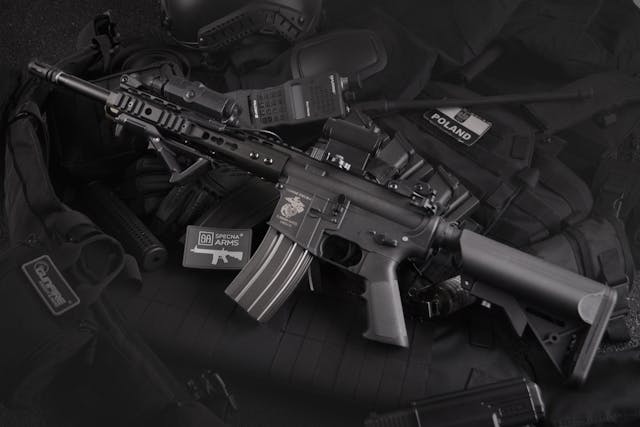Improving the performance and safety of a firearm requires deliberate changes using parts intended to enhance accuracy and secure handling. Whether intended for competition, training, or recreational shooting, improvements to guns like large rifle primers play a major role in mechanical reliability and controlled operation. Here are a few performance and safety gun enhancements you can make:
Enhancing Large Rifle Primers
Large rifle primers are designed for large caliber cartridges, where the reliability of the ignition plays a major role in achieving accuracy and safety. Some of the performance improvements include using primers that maintain pressure in various environmental conditions and supporting muzzle velocity and chamber pressure. Harder primer cups can handle rifles with free-floating firing pins or aggressive bolt mechanisms. This reduces the chances of primer cup deformation or accidental firing. When seated to a uniform depth in properly prepared primer pockets, these primers provide reliable ignition and help to enhance the cycling.
Upgrading Systems and Components
Trigger enhancements can make firing more intentional. Factory trigger assemblies may have heavier pull weights and longer travel distances that can negatively affect sight alignment and shot dispersion. Trigger systems that have low creep and consistent break points enhance the control during the trigger pull phase. This consistency is beneficial for timing and target acquisition, particularly in rapid or successive shooting. It improves accuracy and reduces strain during extended use.
The barrel is the main path through which a projectile is expelled from the firearm. Changes to this component can have a direct impact on the accuracy and repeatability. Match-grade barrels, which may be made to tighter specifications and have better bore finishes, confirm that bullets are stabilized through uniform rifling. The crown, or the terminal edge of the barrel, needs to be machined to a fine degree. This is because any irregularities at this point affect the dispersion of gases and the flight of the bullet.
The bolt carrier group and the firing pin are used in the chambering, ignition, and cycling of each round. Bolt assemblies that are precisely machined with improved coatings or geometry help to reduce friction and wear. A firing pin made from high-grade material does not deform. It provides reliable ignition with each shot fired. Improving these internal components offers durability in terms of operation, especially when firing many shots or under circumstances that require mechanical strength. These upgrades help in reducing failure points that may hinder the operation of the firearm or even pose a threat to safety.
Optimizing Recoil Management Systems
Recoil can affect accuracy and the comfort of the shooter. Managing it involves improving parts like recoil springs, buffer systems, or muzzle devices. Calibrated recoil springs matched to the caliber of the firearm and the operating system enhance smoother cycling. This can help reduce felt recoil. Muzzle brakes and compensators help to redirect gas flow to counter muzzle rise, allowing for quicker target reacquisition.
Improving Optics and Grip Characteristics
Improving the sight systems by installing iron sights or mounting optics enables the users to engage targets at different ranges. Rear sight adjustment and fiber optic front sight help in quick target acquisition and visibility in low-light conditions. For long-range shooting, scopes with the right reticle systems and parallax adjustments can help make elevation corrections. A well-mounted optic with stable zero retention enhances the usability of the firearm across multiple sessions.
Grips made from textured or rubberized material enhance control and minimize slippage. Modular grip systems provide options to adjust the fit. It enables the shooter to choose the panels or backstraps that are most appropriate for the size of their hands and shooting posture. Better grip design leads to an improved aim, more comfortable operation over time, and better control of the weapon’s recoil.
Apply Safety-Focused Enhancements
Improving the performance and safety of a firearm involves the mechanical systems, components, and user handling. From trigger systems and barrels to primers and recoil management solutions, each modification plays a role in the functional stability of the firearm. If you want to improve your shooting skills, use high-quality components. These components will provide stability and reliability during the shooting process. To apply these enhancements, visit a provider selling precision firearm parts that support responsible, performance-oriented shooting practices.







